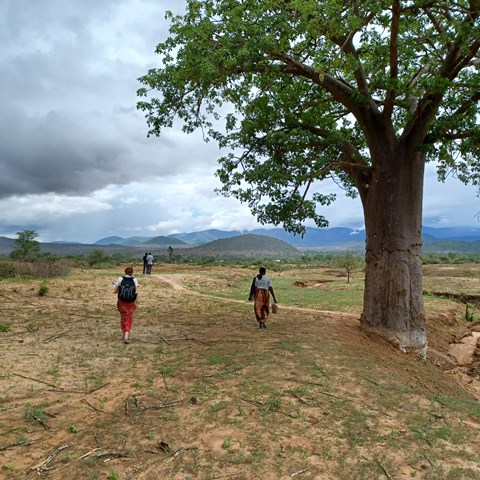Research shows that descriptions of vast tracts of unused land in low/middle income countries are often misleading – most productive land is already in use although some land may be lying in fallow or be used seasonally and therefore appear “empty”. In many areas, there are already conflicting claims to land and borders that might be worsened by a project.
Organising land management through formal land titles and documented borders can however be incompatible with local ways of accessing, using, negotiating and valuing land. Such initiatives can also benefit people with larger influence and power and thus increase existing inequality. These perspectives are important to integrate in order to avoid accelerating conflict and cause negative socio-economic impacts.
Click on the arrow below each question to read about more concrete examples of problems that can happen.
 Questions to ask
Questions to ask
Does the project’s planned land use take into account existing, local ways of accessing and using land? Local ways of accessing new land or using land have been developed over long time and are rarely linked to its monetary value or documented borders.
Examples
For example, local communities often use oral negotiations over land size and agreements between neighbors, rather than official documentation such as land titles. In a context where people may lack the ability to understand formal documents and lack ways of storing documents in a safe way, documented land rights may get sold, lost, stolen, damaged or manipulated and contribute to losing rather than securing long-term land access.
Do you as a project proponent provide a clear description of the importance of power relations in decisions about who has the right to land, and how to manage these?
Examples
For example, people with higher status within the community tend to be on the winning side in a process identifying land borders between and within communities. Is there a plan to avoid such outcomes?
Do you clearly describe that the project’s land area is accepted by local communities, including those who do not have formal titles to the land (which is often the majority)?
Examples
For example, if the project you are in charge of will work only with those who have land titles it may leave the group without formal titles to land outside the project, and outside of decisions taken about the project although they may still be affected by the project in different ways.
If you are making claims that land in the project area is unused, is this perspective informed by the perspectives of different groups of people living in the area?
If you are planning to implement formal property rights through e.g. formalisation of land plots and documented land titles, have you considered the risk for long delays since such processes are complex? Have you assessed the risks of creating conflicts over land? Have you assessed the fact that research shows that documented land titles are not a guarantee for “smooth” implementation of land based projects?
 Warning signs
Warning signs
Local or national politicians or other authorities claim that the project land will only occupy people’s surplus agricultural land, or unused common lands. If so, you need to make your own assessment to provide thorough evidence that such “unused” land exists and that indeed nobody is using it.
Local or national politicians or other authorities claim that formalisation processes will be transparent, fair and compatible with local customs, norms and relations around land. If so, you need to make your own assessment to prove these statements in the particular context.
